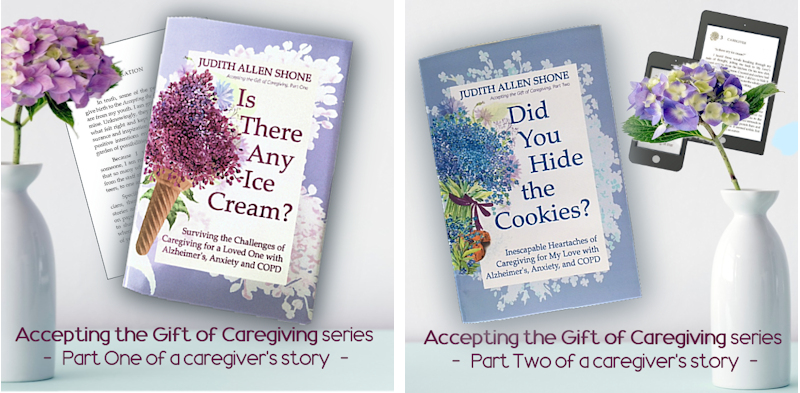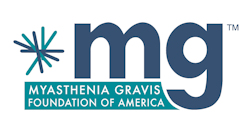…dedicated to raising awareness of Myasthenia Gravis.
Many of us have heard the expression, “Before you judge, walk a mile in another man’s shoes.” Those words might apply here.
Back in June, when I first posted How Myasthenia Gravis Feels, I wondered if anyone would want to try this little exercise? I never added it to that page. So here, two months later, we have it. Maybe you can experience a little of how it might feel being the one with MG.
Spend thirty minutes walking in my shoes.

If we can walk in someone else’s shoes for a period of time, we sometimes will come to understand them with compassion and patience.
So, do you want to try that? …just for thirty minutes … turn on a timer after you are set up! Here you go.
Put masking tape, or a patch of some kind, over one eye so it will not open and so you cannot see out of that eye. It only has to hold for thirty minutes. If possible, tape the other eye half way shut. You will see out of it, but not clearly.
Now, continue with what you were doing…cooking, perhaps, or reading or shopping? Carry on with life knowing you cannot change the eye’s ability to stay open, so you accept it. After you rest your eyes for an undetermined period, the eyelids may open on their own.
This may be all some with MG experience at first. For others, this disability may come on later during their time with the disease. For me, my sight began to blur and my eyelids began to droop five years after onset of the disease, but prior to diagnosis.

If you wish, while the eyes are taped, tie one hand behind your back. Consider your physical capabilities are curtailed by weakness and all you can use is one arm and hand. A book is too heavy to pick up, an empty shoulder bag may seem too heavy to carry.
How will you feel asking someone to help you do tasks you want or need to do?
How will you feel admitting you can’t do the things you know others can do all the time. MG can impact in psychological as well as physical ways. I imagine you might become exhausted doing what you were formerly doing before the thirty minutes began. You might feel a need to rest. Carry on.
After thirty minutes, remove the tape from your eyes and untie your arm.

The difference, of course, is those with MG cannot remove the tape from their eyes or untie their arms or legs. Their weakness goes on, and on, and on, hopefully with periods of rest between.
You have just experienced a similar sensation to MG. Of course, it cannot be the identical feeling, but you might now understand how those with involuntary weakness are struggling, day after day, to do what many others take for granted, without a first or second thought.
My wish is that this wee exercise might help those who want to know, develop a compassion for those with diseases, who might seem different in some way, for those who, not by choice, are living in situations unlike their own. I hope you notice a connection evolves when we try to “walk in someone else’s shoes, ” an empathy that helps us relate to one another in the family of humans.
Thank you taking the time to walk in my shoes. ❤️
If you found titles in the list in the right column that might increase your MG knowledge, take time to read them now. If you know someone who might benefit from reading or learning from the awareness topics on this site, don’t miss an opportunity to give/send them the blog site link, Myasthenia-Gravis-Insights.com. Thank you for being part of raising awareness of Myasthenia Gravis.
Walking in someone else’s shoes (c) 2021 Judith Allen Shone
Art:
Butterfies 1,2. Tatiana Mitrushiva @Mitrushova on etsy
Butterfly 3. Image by JL G from Pixabay




















